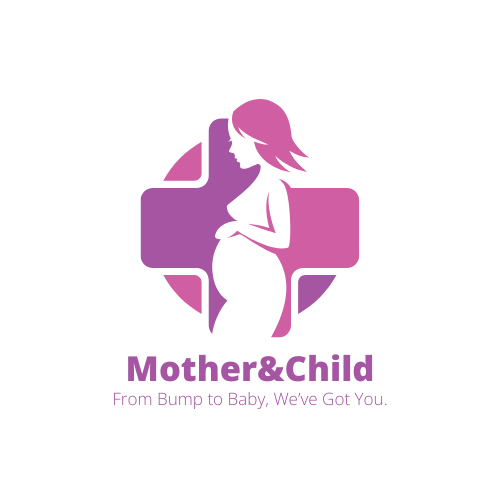🎯 Learning Objectives
By the end of this lesson, learners will be able to:
✅ Understand what kernicterus is and how it happens
✅ Identify signs of acute and long-term brain injury from jaundice
✅ Know how to monitor a baby after severe jaundice
✅ Refer babies for developmental screening and support early
🧠 What Is Kernicterus?
Kernicterus is a form of permanent brain damage caused by very high levels of bilirubin in a newborn’s blood.
-
Bilirubin crosses into the brain and damages parts that control movement, hearing, and learning.
-
It can occur when jaundice is severe and untreated, or if treatment is delayed.
📚 Research Source:
American Academy of Pediatrics – Bilirubin Toxicity:
🔗 https://doi.org/10.1542/peds.2022-057882
🚨 Acute (Early) Signs of Brain Damage from Jaundice
Watch for these symptoms during or just after severe jaundice:
| Symptom | What It May Indicate |
|---|---|
| High-pitched cry | Brain irritation |
| Stiff or floppy limbs | Nerve damage |
| Arching of the neck or back | Early kernicterus |
| Difficulty feeding or sucking | Neurological issue |
| Seizures or twitching | Severe brain stress |
🛑 These signs require urgent NICU treatment.
📅 Long-Term Signs – Weeks to Months Later
Some babies with kernicterus appear fine at discharge but develop issues later. Monitor for:
| Age | Signs to Watch For |
|---|---|
| 1–3 months | Doesn’t follow objects with eyes, stiff arms/legs |
| 3–6 months | Doesn’t smile, poor head control, weak limbs |
| 6–12 months | Not babbling, delays in sitting, crawling |
| After 1 year | Hearing loss, difficulty walking, learning problems |
🧏♀️ Permanent deafness and cerebral palsy are common complications if kernicterus occurs.
📋 CHW & Caregiver Monitoring Checklist (Post-Jaundice)
✅ Was baby admitted for severe jaundice or transfusion?
✅ Did baby have red flags (e.g., shrill cry, seizures)?
✅ Schedule a 3-month follow-up for hearing and development
✅ Refer if baby shows any delay in:
-
Eye tracking
-
Muscle tone
-
Feeding
-
Responsiveness
-
Sitting, crawling, or walking
📌 Tip: Use WHO Infant Development Milestone Chart for comparison
🔗 https://www.who.int/tools/child-growth-standards
🌍 African Case Example – Ghana
A newborn in Tamale was treated for severe jaundice with phototherapy. The CHW followed up at 2 months and noticed the baby wasn’t smiling or lifting his head. Referral to a child development clinic confirmed early cerebral palsy. With therapy, the baby improved greatly by age 2.
🩺 Where to Refer for Monitoring
| Country | Developmental Services | Contact |
|---|---|---|
| Kenya | Gertrude’s Hospital Pediatric Rehab | https://www.gerties.org |
| Nigeria | Neurodevelopmental Clinic – LUTH | https://luth.gov.ng |
| Ghana | Komfo Anokye Child Development Centre | https://kathhsp.org |
| Uganda | Mulago Child Neuro Unit | https://www.mulago.go.ug |
🧠 Key Takeaways for CHWs & Mothers
“Even after jaundice is treated, the baby’s brain still needs watching. Early help means better chances for full development.”
📝 Mini Quiz – Monitoring for Kernicterus
Q1. What causes kernicterus in newborns?
A. Lack of milk
B. High bilirubin not treated in time
C. Cold weather
D. Teething
✅ Answer: B
Rationale: Excess bilirubin entering the brain leads to kernicterus when not treated.
Q2. Which of the following is a late sign of kernicterus?
A. Yellow skin only
B. Baby not lifting head at 4 months
C. Crying for food
D. Smiling at 1 month
✅ Answer: B
Rationale: Developmental delay in head control can indicate neurological issues from early damage.
Q3. What should be done for any baby who had severe jaundice?
A. No follow-up is needed
B. Rub the baby with herbs regularly
C. Schedule follow-up to check hearing and movement
D. Keep the baby in a dark room
✅ Answer: C
Rationale: Follow-up is critical to identify hidden complications and refer early.


